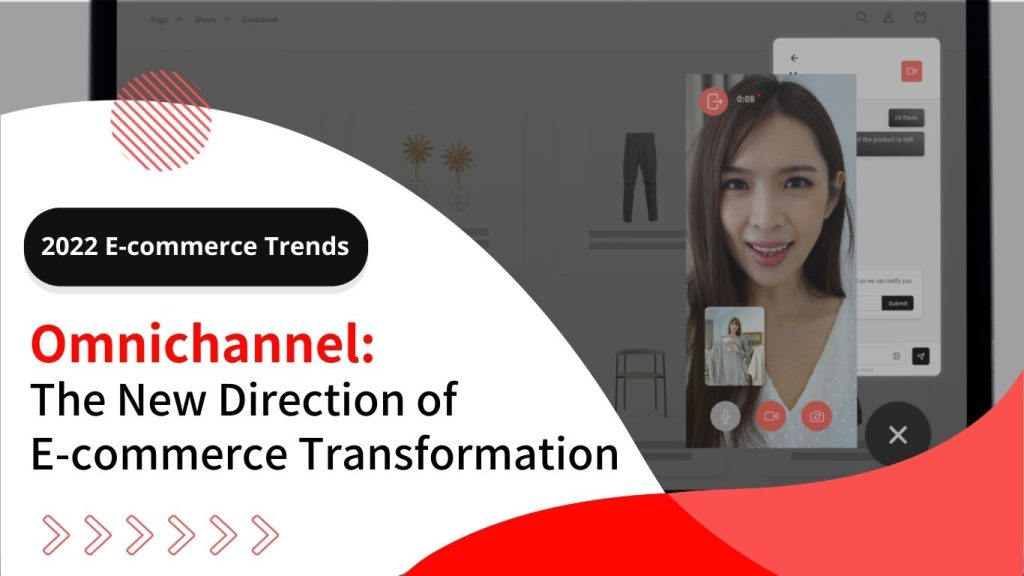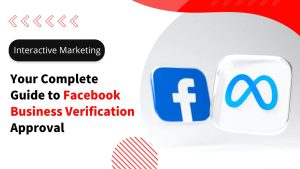Online retail has risen dramatically both globally and in Hong Kong as a result of the pandemic. This demonstrates that the online market still has room for expansion. Given that many traditional brick-and-mortar retailers are increasingly moving their operations online, we must address the following question. What should we do in the future to break through and meet the increasingly high expectations of customers? For all retailers, the gradual move to “omnichannel” appears to be an unavoidable dilemma. To better prepare online retailers for the transition, this article provides a brief explanation of omnichannel and its benefits.
Online retail opportunities during the pandemic
During the pandemic, online retailing experienced significant growth. According to The Economist Intelligence Unit’s recent report, the global retail market will shrink by more than 2% in 2020. However, online retailing has grown by 32%. The Economist Intelligence Unit estimates that by 2025, worldwide e-commerce sales would account for 20% of overall retail revenues, substantially doubling from 2019. The online retail market, as can be seen, has a lot of potential for expansion.
For example, in Hong Kong, retail sales have decreased for 24 months in a row. Results are based on retail statistics from the Census and Statistics Department issued in 2021. Furthermore, the report covers online retail sales data from January 2020. The sales value did not fall, but rather increased by 92.1% year over year, creating an unusual retail phenomenon. More traditional retail establishments have transitioned to online sales in addition to the rise of “storeless retail.” This aims to address the issues of excessive rent and decreased foot traffic in brick-and-mortar stores.
During the pandemic, most consumers’ consumption habits switched from offline to online. With this, the proportion of online sales in the retail industry must rise. In addition, e-commerce and “all-channel” business expansion are inescapable issues for the retail industry.
Further reading: 2021 Live Broadcast E-commerce Trends – 3 must-know reasons for transformation in the retail industry
Create a premium shopping experience that exceeds customers’ expectations.
Providing customers with an excellent shopping experience is no longer a simple task. Retailers must grasp the blend of online and offline selling since today’s consumers expect a comprehensive and seamless shopping experience. To satisfy customer expectations, retailers can also improve their technology. Consider the following customer buying process to show how implementing a “consumer-oriented” experience might lead to operational issues:
For a friend’s wedding celebration, Gigi searches the Internet for suitable high-heeled shoes and estimates a price. Gigi, on the other hand, wanted to try on the shoe before purchasing it. She then traveled to Physical Store A to do so.

Unfortunately, Physical Store A did not have the high-heeled shoes Gigi desired. Also because the clerk at the store was unfriendly, Gigi opted to buy the high-heeled shoes from another merchant online. She then awaited free delivery to her home for two days.
Gigi decided to return the high-heeled shoes she ordered online and get another color. This is due to color differences between the actual goods and the image on the website.
As this example shows, the “customer-oriented” shopping experience has a significant potential to boost the retail industry’s operational costs. Customers, for example, return products because they believe they are unsuitable, and the inconsistent online and offline experience discourages them. In today’s complicated and ever-changing market, the underlying business model is no longer sufficient. Now, how do you transform to fulfill customers’ high expectations and improve their purchasing experience? We propose that businesses begin to move away from “full access”.
The New Direction of E-commerce Transformation: Omnichannel
With Omnichannel, customers may have a cohesive experience regardless of how they contact the brand across any channel.
Omnichannel is essentially customer-oriented.
Customers, for example, who are seeking products that suit them, will gather information from a variety of sources. Online searches, questions from friends, and physical store visits are all possible examples. Plumbing to ensure a consistent customer experience? Does a customer who obtains a branded coupon in a physical store also receive the same through other channels? Is this coupon accepted through any channel?
Omnichannel marketing aims to offer customers a variety of buying experiences from the first brand touchpoint to the last. Therefore, the company’s brand image must be consistent across all channels.
Further reading: Increase order conversion rates dramatically by using live video! Allow online customers to communicate with offline salespeople.
Omnichannel combined with live video improves the customer shopping experience.
Customers nowadays expect to be able to purchase something that meets their requirements wherever and whenever they desire. But do businesses have the technological capabilities to capitalize on this new trend? Businesses will be more than capable of handling customers if they use omnichannel transformation to reach them. Ultimately, they will enhance customers’ whole shopping experience. To demonstrate how to effectively handle customers through omnichannel, let’s use the live e-commerce platform VIMOS, as an example:
VIMOS, a live e-commerce platform, gives businesses and salespeople a one-stop function for client management. Customers could only complete the procedure from browsing products to placing an order unilaterally in the past. They could only ask inquiries and wait for responses when they ran into problems. Due to the obvious lack of interaction and the uncertainty of waiting for responses, customers churn.
VIMOS allows offline salespeople to track an online customer’s shopping journey across the system. At the proper time, retailers can even have a live video conversation with the customer. The live e-commerce platform will record the shopping journey of each online customer. Furthermore, the salesperson will be able to quickly review the data in order to provide the most personalized service possible.
Example:
- The salesperson noticed that the customer spent a long time on the product page before making a decision. He can start a sales conversation and even persuade the consumer to use the live video feature to interact immediately.
- The salesperson notices that the customer has put the item in the shopping cart, but is yet to checkout. He can initiate a conversation, clarify the customer’s concerns regarding the goods, and expedite the transaction’s completion.
Adding a live video shopping function to the chat feature is critical for increasing customer order placement and decreasing revenue. Because the consumer can examine the product specifications in real-time before placing an order, the salesperson can quickly understand and meet the customer’s needs.
Further reading: Use chatbots to increase orders online! Learn 5 ways to engage customers using chatbots.
VIMOS is a live e-commerce platform that integrates online and offline functions, allowing you to completely grasp consumer data and deliver a VIP-like purchasing experience. Customers can utilize the live shopping feature to communicate with offline salespeople right away, successfully helping them grow business sales. VIMOS does, in fact, provide a plethora of benefits that promote business growth. Eager to learn more about VIMOS’ features and how it can help you increase your sales? Get in touch with us now!










